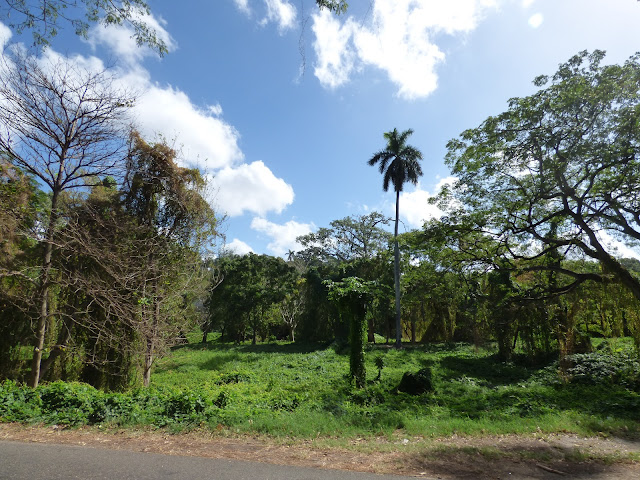My desire to visit Havana came from the most unlikely of travel inspo sources; veteran news reader and TV presenter Sir Trevor McDonald. In around 2009, ITV released him from the shackles of his News at Ten desk to present a documentary series on the Secret Caribbean. One episode placed him in Havana, and teenage me was enchanted by what I saw. It was the first time anyone had explained to me the full raimfications of the US trade embargo, and why Cuba is stuck in its own little timewarp.
Given that I've wanted to go to Havana since foreverrrr then, it's no surprise that I had a few preconceptions and expectations about the Cuban capital. Here's what I anticipated - and how Havana lived up to expectations.
1. Vintage cars everywhere. Along with cigars and rum, retro wheels are part of the holy trinity of Havana. Trevor McD roamed the streets in a vintage red Chevrolet, and a 1950s American car is the cliched Havana photo.
 |
| Take note: from now on, my preferred travel method is a pink 1956 Ford Victoria |
That said, there are plenty of modern cars patrolling Havana's streets too, and the further from the city centre you get, the higher the ratio of modern cars to vintage offerings. They all pootle around alongside each other with horses and carts and Coco Taxis thrown into the mix, in some sort of inter-era vehicular harmony.
 |
| The reality: vintage cars mix with modern cars and New York-style yellow taxis |
The truth: The first thing we saw while waiting in the lengthy Passport Control queues at Havana Airport were adverts for Pringles - there goes that theory, then. Admittedly, there is far less advertising in Cuba than anywhere else I've been, the usual billboards replaced with street art and murals praising socialism, Che Guevara and other aspects of Cuban life. The majority of the adverts you do see tend to be for Cuban brands - Havana Club rum is everywhere.
 |
| You're more likely to see murals than billboards on Havana's streets |
 |
| Not what I expected to see in Plaza Vieja |
3. Beautiful colonial buildings: Those cliched classic car photos often have a backdrop of
shabby chic pastel facades - stereotypical Havana architecture.
The truth: Beautiful some of them may be, but others have been allowed to fall so far into disrepair, it's sad to see. Several houses have exposed pipes and wires and this is where you want to watch yourself - don't go leaning back to take a photo, only to electrocute yourself on a wire sticking out of a house. Yeah, I did. Bloomin' hurt too. The streets too are in a terrible state of disrepair, with uneven, cracked and bumpy pavements, and huge potholes in the roads.
 |
| Less shabby chic, more plain shabby |
Plus two things I didn't expect:
 |
Have you been to Havana? Did it live up to your expectations? Let me know in the comments.
See also:Venice: expectations vs. reality



This comment has been removed by the author.
ReplyDelete